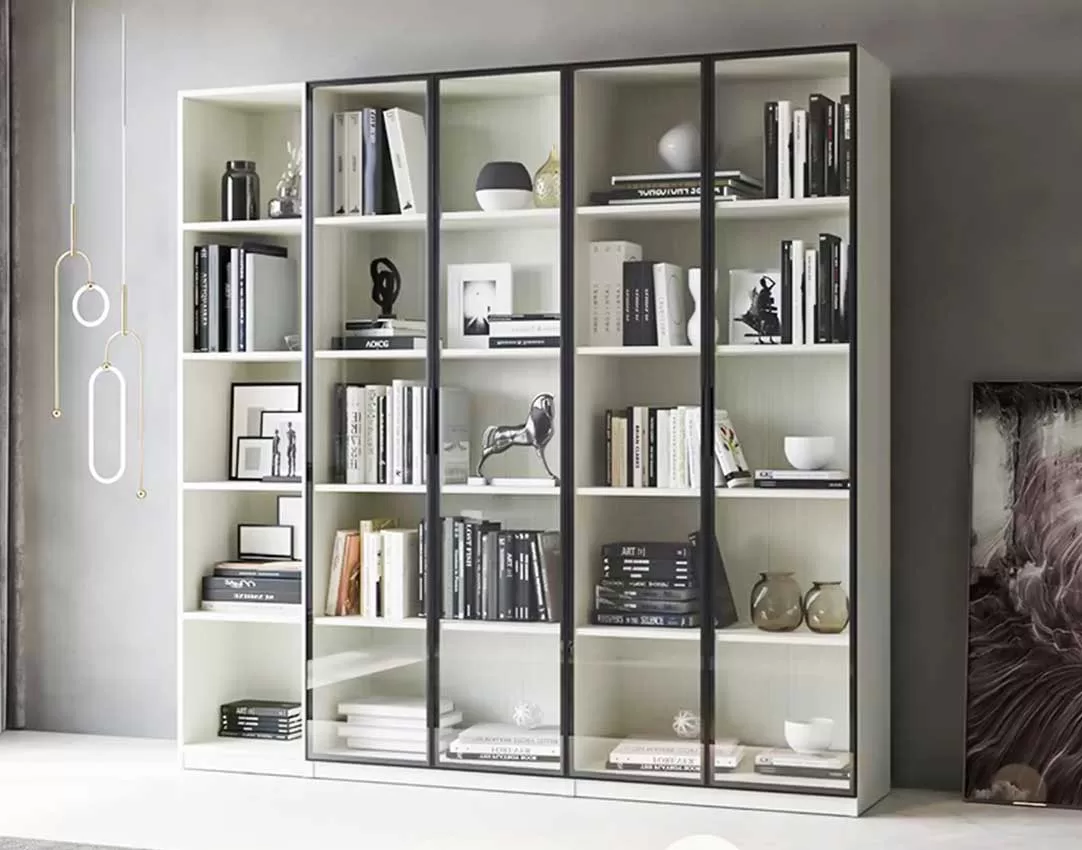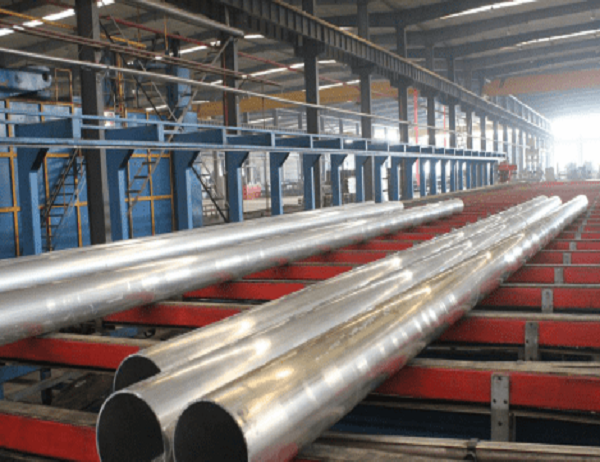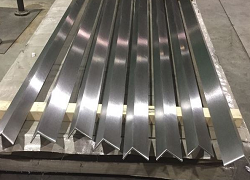In the realm of sheet metal fabrication, decoilers play a pivotal role in unwinding and feeding metal into processing machines. However, like any mechanical apparatus, decoilers are susceptible to glitches that can hamper production. Here, we delve into the most frequent sheet metal decoiler problems and unravel their potential solutions.
1. Coil Binding: An Uncoiling Nightmare
This occurs when the coil adheres to the mandrel, preventing the decoiler from unwinding the metal. To rectify this, ensure the mandrel is the correct size for the coil and check for any burrs or imperfections that may cause friction. Additionally, inspect the coil for proper wrapping and tension.
2. Coil Walk: When the Metal Wanders
Coil walk manifests when the metal deviates from its intended path during unwinding. This can result from misaligned rollers, worn guide plates, or excessive tension. To remedy this, adjust the rollers to ensure proper alignment, replace worn guides, and recalibrate the tension settings as per the coil specifications.
3. Edge Damage: The Enemy of Precision
Sharp edges can occur on the metal during unwinding, compromising the quality of the finished product. This often stems from improper blade adjustment or the use of a dull blade. To alleviate this issue, adjust the blade settings to the thickness of the metal and replace dull blades promptly.
4. Inadequate Tension: A Loose Grip
Insufficient tension can cause the metal to slip during feeding, leading to inconsistent results. Check the tension adjustment mechanism and ensure the coil is properly secured on the mandrel. Worn brake pads or incorrect tension settings can also contribute to this problem, requiring inspection and correction.
5. Unstable Decoiling: A Treacherous Dance
Unstable decoiling occurs when the decoiler vibrates excessively during operation. This may be due to an unbalanced coil, loose mounting bolts, or worn bearings. To address this, balance the coil, tighten the mounting bolts, and replace worn bearings as necessary.
Decoders are vital components of sheet metal fabrication processes. By understanding and troubleshooting common issues such as coil binding, walk, edge damage, inadequate tension, and unstable decoiling, you can ensure optimal performance and prevent costly production delays.



